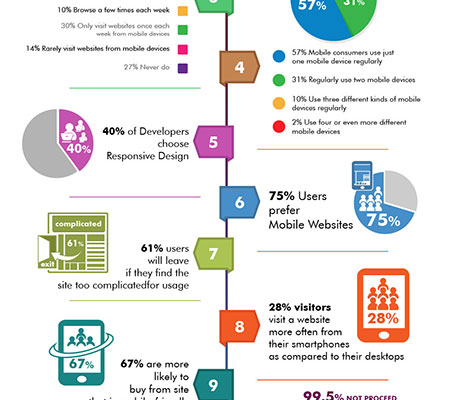Website Design Basics: Tips For Building A User-Friendly Website
Website Design Basics: Tips For Building A User-Friendly Website
Blog Article
Staff Author-McKnight Thrane
When it comes to web site layout, guaranteeing user-friendliness is crucial. From responsive design to structured navigating, every element plays an important duty in developing a site that accommodates your target market's requirements. However what regarding the finer details that can make or break an individual's searching experience? Remain tuned as we discover some often-overlooked tips that can boost your internet site's functionality to the following level, making it truly stand apart in the electronic landscape.
Relevance of Responsive Style
Responsive style is a crucial aspect of modern-day website advancement. Ensuring your site is responsive ways that it can adjust to various display dimensions and gadgets, supplying a smooth experience for customers.
With the increasing use smartphones and tablets to access the internet, having a responsive style is crucial for reaching a bigger audience. It helps in enhancing individual experience by making your website very easy to browse and continue reading any kind of tool.
In mouse click the next document , responsive style can positively influence your online search engine rankings, as search engines like Google prioritize mobile-friendly websites. By having a responsive design, you're likewise future-proofing your web site, as new gadgets with varying screen sizes remain to emerge.
Simplify Navigating Framework
To boost user experience and promote easy accessibility to details on your internet site, enhancing the navigating structure is paramount. When developing your site, concentrate on creating a clear and user-friendly navigation menu that assists site visitors find what they're seeking quickly.
Limitation the number of food selection items to the basics, organizing related web pages together to stay clear of overwhelming users. Use detailed labels that clearly indicate the material of each web page, making it less complicated for customers to understand where each link will take them.
Think about implementing dropdown menus for subcategories to prevent jumbling the primary navigation bar. Additionally, include a search bar plainly on the page for users that like looking for specific details.
Prioritize mobile responsiveness in your navigating design to ensure simple access on all devices.
Enhance Page Tons Rate
Improving page tons speed is vital for keeping site visitors on your site. Slow-loading web pages frustrate customers and can result in high bounce rates. To enhance web page load rate, begin by maximizing pictures. Press pictures without jeopardizing high quality to minimize their documents sizes.
In addition, enable internet browser caching to save regularly accessed resources in your area, accelerating lots times for returning site visitors. Minify CSS, JavaScript, and HTML data by removing unneeded personalities, remarks, and format, improving tons speed.
Consider using a web content distribution network (CDN) to distribute your site's content across several servers worldwide, minimizing latency for customers accessing your site from different places. Lastly, restrict making use of third-party scripts and plugins, as they can significantly affect load times.
Final thought
Finally, by incorporating responsive design, streamlining navigation, and maximizing web page tons speed, you can develop an easy to use internet site that appeals to a larger target market and improves user experience. linked site that visitors can quickly access and browse your website across different gadgets, leading to boosted engagement and fulfillment. By focusing on these key facets, you can develop a successful website that maintains customers coming back for even more.
